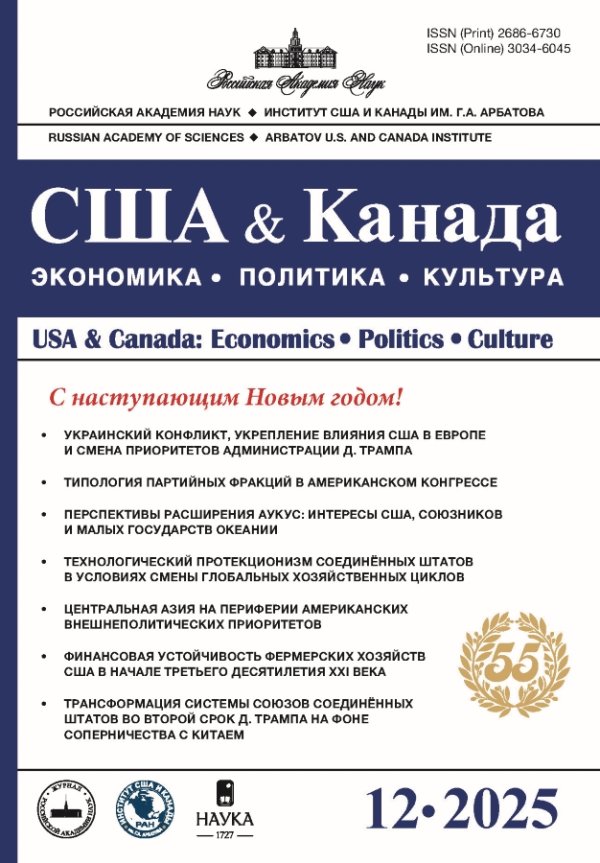Features of economic sanctions as a tool to protect the strategic interests of the United States
- Authors: Soldatenkova O.I.1
-
Affiliations:
- Georgy Arbatov Institute for U.S. and Canada Studies, Russian Academy of Sciences
- Issue: No 8 (2023)
- Pages: 36-45
- Section: External Challenges to the U.S. Economy
- URL: https://journals.rcsi.science/2686-6730/article/view/142090
- DOI: https://doi.org/10.31857/S2686673023080047
- EDN: https://elibrary.ru/IGHHWK
- ID: 142090
Cite item
Full Text
Abstract
Keywords
About the authors
Olga I. Soldatenkova
Georgy Arbatov Institute for U.S. and Canada Studies, Russian Academy of Sciences
Email: oisoldatenkova@hotmail.com
Moscow, Russian Federation
References
- Москаленко В.А. 2021. Внешнеполитическая деятельность государства: определение, функции, направления и эффективность. Теории и проблемы политических исследований. Том 10. № 5А. С. 141-161. doi: 10.34670/AR.2021.58.91.014
- РСМД. 2018. Политика санкций: цели, стратегии, инструменты: хрестоматия. Сост. И. Н. Тимофеев, Т. А. Махмутов; Российский совет по международным делам (РСМД). М.: НП РСМД, 2018. 280 с. ISBN 978-5-6041888-3-5
- Тимофеев И.Н. 2023. Как исследовать политику санкций? Стратегия эмпирического исследования. Международная аналитика. № 14(1). С.22-36. doi: 10.46272/2587-8476-2023-14-1-22-36
- Dubinin, S.K. 2022.Russia's Financial System under Sanctions: Logic of Confrontation.Russia in Global Affairs, 20(4), pp. 82-102. doi: 10.31278/1810-6374-2022-20-4-82-102
- Hufbauer, G., Shott, J., Elliot, K. & Oegg B. 2007. Economic Sanctions RECONSIDERED. 3rd ed. Washington, DC: Peterson Institute for International Economics. 233 p.
- Pape, R. 1997. Why Economic Sanctions Do Not Work.International Security. Vol.22, No. 2, pp. 90 - 136
Supplementary files










